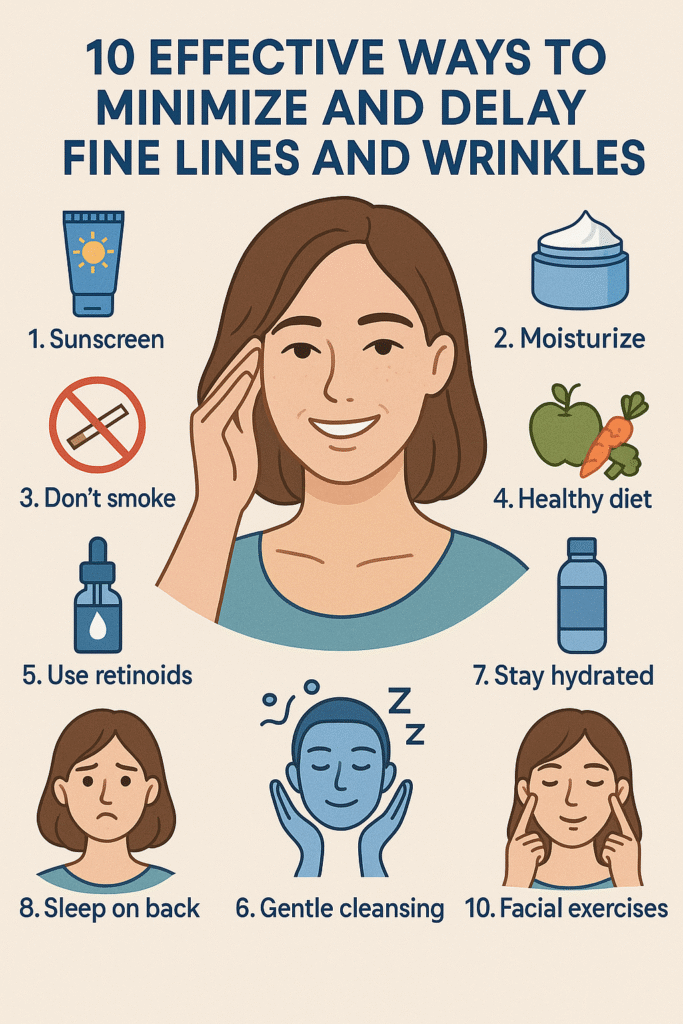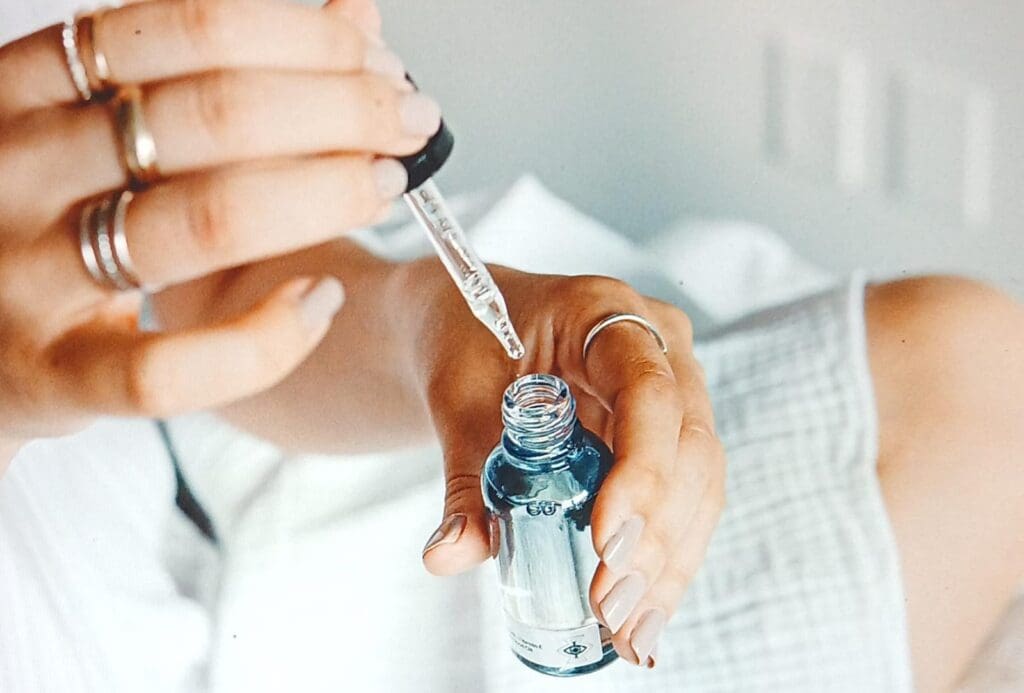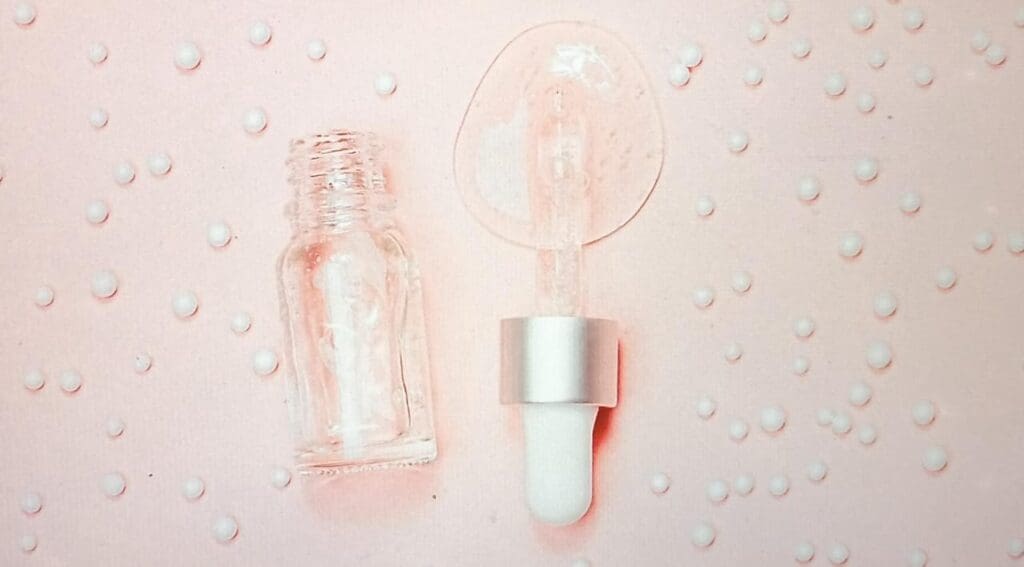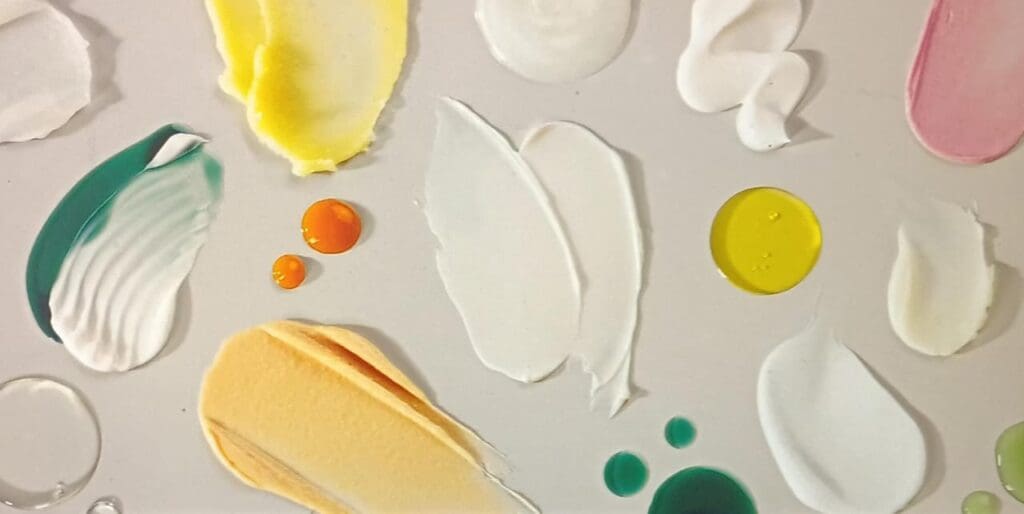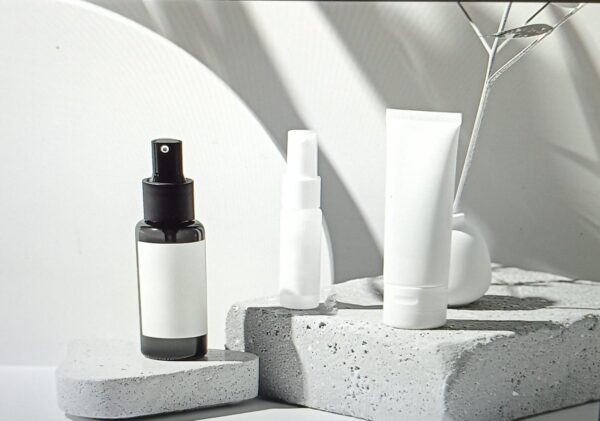
Beta Hydroxy Acids (BHAs)
If you are familiar with skincare, you’ve likely heard about BHAs, or Beta Hydroxy Acids. They are a popular ingredient, especially in products targeting acne and clogged pores.
Studies show how effective salicylic acid is for treating acne. It can also help reduce general redness and inflammation.
This guide will break down everything you need to know about BHAs, how to incorporate them into your routine, and tips to get the best results.
What Are BHAs?
BHAs, or Beta Hydroxy Acids, are chemical exfoliants used in skincare. Unlike Alpha Hydroxy Acids (AHAs), which are water-soluble, BHAs are oil-soluble. This allows them to penetrate deep into the skin, going through layers of oil and sebum to exfoliate from within.
The most well-known and commonly used BHA is salicylic acid. It is a powerhouse ingredient for people dealing with acne, blackheads, and oily skin because it works deep inside the pores to clear out dead skin cells, excess oil, and grime.
BHAs help to:
- Exfoliate the skin, removing dead skin cells.
- Unclog pores, reducing the chances of breakouts.
- Improve skin texture, making it smoother and clearer over time.
Types of BHAs
While salicylic acid is the most popular BHA, there are other types you might come across in skincare products. Here are a few:
- Salicylic Acid: The go-to ingredient for acne treatment, blackheads, and oily skin.
- Trethocanic Acid: A lesser-known BHA, sometimes used for exfoliation.
- Beta-Hydroxybutanoic Acid: Another variant of BHAs, though not as commonly found in over-the-counter products.
- Tropic Acid: A milder form of BHA with similar exfoliating properties.
How Do BHAs Benefit Your Skin?
BHAs are often a great choice if you have oily, acne-prone, or combination skin. Their oil-soluble nature allows them to penetrate deep into pores, making them more effective for treating certain skin concerns than surface-level exfoliants like AHAs.
Here are some key benefits of BHAs:
Deep Exfoliation: BHAs remove dead skin cells not just from the surface but deep within the pores, helping to clear out blockages.
Treating Acne: Salicylic acid, a common BHA, is excellent at keeping acne under control. It helps to reduce breakouts by clearing pores and reducing inflammation.
Improving Skin Tone: Regular use of BHAs can help smooth out uneven skin texture, fade dark spots, and reduce post-acne marks.
Reducing Oil Production: By working inside the pores, BHAs can help to balance oil production, making them ideal for people with oily skin.
Anti-Aging Benefits: While less potent in this area compared to AHAs like glycolic acid BHAs still offer anti-aging benefits by promoting skin renewal and improving texture.
What Are the Side Effects of BHAs?
Like any active ingredient, BHAs can come with side effects, especially if used incorrectly or too frequently. Some common side effects include:
- Redness
- Irritation
- Dryness
These are usually mild and go away once your skin adjusts, but it is always important to monitor how your skin reacts. If you experience ongoing irritation, try using the product less frequently or switching to a gentler formula.
Patch Test First: It’s always a good idea to patch test any new product, especially something active like a BHA. Apply a small amount to a less sensitive area (like your wrist or inside your elbow) and wait 24 hours to see if you have any adverse reactions.
How to Use BHAs in Your Skincare Routine
Introducing BHAs into your skincare routine requires a bit of balance. Here is a step-by-step guide to help you get started:
Start Slowly: If you are new to BHAs, begin by using them 2-3 times a week. You can increase the frequency as your skin builds tolerance.
Timing Matters: You can use BHAs either in the morning or at night, depending on your routine and other active ingredients. Just make sure to follow up with a broad-spectrum sunscreen during the day, as BHAs can increase sun sensitivity.
Moisturize: Since BHAs can be drying, especially when used frequently, follow up with a hydrating moisturizer to keep your skin barrier healthy.
Using BHAs With Other Skincare Products
One of the advantages of BHAs is that they play well with many other active ingredients, which means they can be paired effectively with products targeting multiple skin concerns.
Here is how to combine BHAs with other actives:
With Retinol or Retinoids: Since both BHAs and retinoids can cause irritation, it is best not to use them together at the same time. For example, if you are using retinol at night, you might want to use your BHA in the morning, or alternate nights.
With Vitamin C: Many people use Vitamin C in the morning, which can be fine if you want to save your BHA for nighttime. Just be mindful of irritation if you choose to layer them—start slow and see how your skin reacts.
With Pigment Suppressors: BHAs work well with ingredients like arbutin and kojic acid which help fade dark spots and even out the skin tone.
Hydration Is Key: Since BHAs can dry out the skin, it is essential to use hydrating serums and moisturizers in your routine. Look for ingredients like hyaluronic acid or glycerin, which help retain moisture and keep your skin barrier healthy.
Conclusion
BHAs are a game-changer for anyone dealing with acne, blackheads, or oily skin. They offer deep exfoliation, clear out pores, and help improve overall skin texture.
However, like any powerful skincare ingredient, they should be used thoughtfully. Start slow, listen to your skin, and always use sunscreen when incorporating BHAs into your routine.

Education: University of Peshawar
Ahmad holds a Master’s degree in Chemistry and has been writing about skincare for over five years. With a deep understanding of ingredients and their impact on the skin, he enjoys sharing practical, science-based skincare advice. When not writing, he loves playing with his kids.
